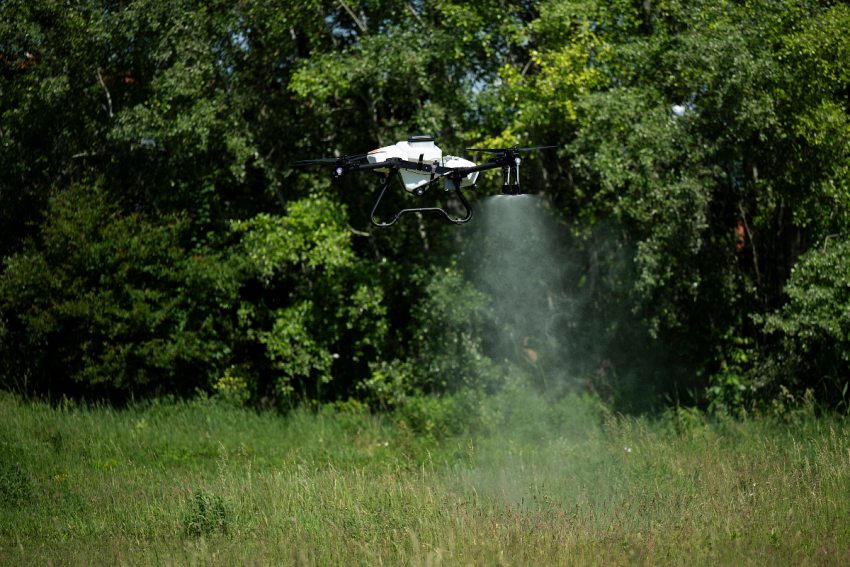Modern agriculture faces increasing pressure to improve efficiency, reduce waste, and adapt to environmental standards. One area undergoing rapid change is crop spraying. Traditional machinery, while still in use, often struggles with terrain limitations, high labor costs, and imprecise application. This has opened the door for more advanced alternatives like agro drones, which offer a smarter, faster, and more sustainable solution.
Faster application with less downtime
Conventional spraying methods typically involve tractors or self-propelled machines that are time-consuming to prepare and operate. Drones, on the other hand, can be deployed in minutes and complete tasks much faster. With automated flight paths and minimal setup, they reduce total application time significantly—particularly in large or hard-to-reach areas. A drone can complete in one hour what might take a ground machine multiple passes over several hours.
Targeted spraying for maximum precision
Traditional equipment often applies chemicals across entire fields uniformly, regardless of specific crop needs. This leads to overapplication in some areas and underapplication in others. Drones use GPS mapping and customizable spraying zones to apply products exactly where needed. This precision reduces waste, lowers chemical usage, and supports more consistent crop health across the field.
Versatility across various terrains
Tractors and sprayers require flat, accessible land, limiting their use in sloped or uneven terrain. In contrast, drones can fly over any landscape without damaging crops or soil. This makes them especially effective in orchards, vineyards, and terraced fields—locations where traditional machinery is either inefficient or completely impractical. As drones in agriculture continue to evolve, they are expanding access to better spraying even in the most complex environments.
Lower operating and maintenance costs
Operating large agricultural machines involves fuel, regular maintenance, and often a trained crew. Drones are electric-powered, relatively low-maintenance, and can be managed by a single trained operator. This translates to significantly lower running costs over time. For farms aiming to streamline operations while maintaining productivity, drones offer a cost-efficient alternative that delivers consistent results.
Reduced environmental impact
Overuse of pesticides and herbicides is a growing concern in farming. Traditional methods often lead to excessive runoff and drift, which can harm nearby ecosystems. Drones apply chemicals more evenly and at optimized heights, reducing off-target exposure. With this controlled approach, agro drones help farms comply with environmental regulations and adopt more sustainable spraying practices.
A practical choice for the future of farming
As the global agricultural sector seeks more efficient solutions, drones are increasingly viewed as a core component of smart farming. Their adaptability, precision, and performance make them a valuable tool for improving yields and reducing operational strain. Platforms like the ABZ Innovation lineup offer robust options specifically designed to meet these real-world demands.
Conclusion
In comparison to conventional methods, agro drones offer significant advantages in speed, precision, cost, and sustainability. They represent a shift toward more intelligent agricultural practices that balance productivity with environmental responsibility. With the growing adoption of drones in agriculture, more farms are discovering how drone spraying not only simplifies their workflow but also enhances their long-term efficiency and profitability.

